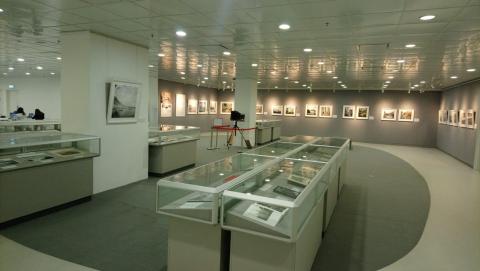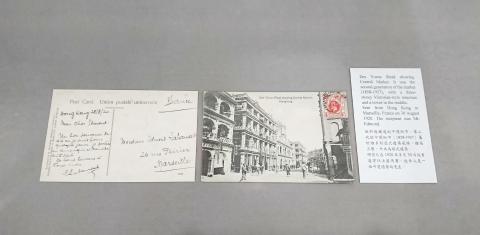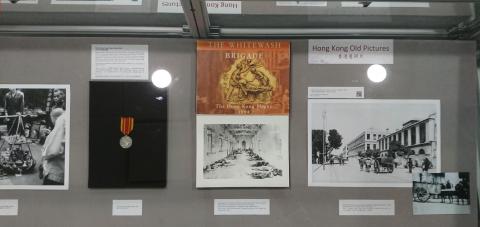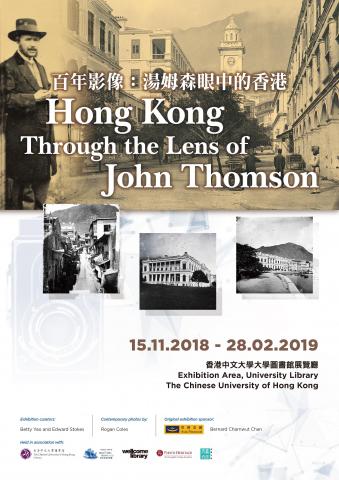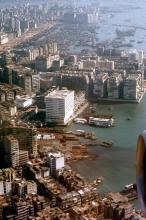Free exhibition of old HK photos at CUHK
Primary tabs
There's a good exhibition in the library at the Chinese University of Hong Kong (CUHK) that is worth a visit. I went along on Friday, and enjoyed it.
Here's the layout:
Those photos along the far wall are in pairs. Each pair is a then-and-now, with a John Thomson photo of 1870s Hong Kong, together with a modern photo of the same scene. The enlargements are very sharp, so I spent a long time looking at their details.
Then in the cabinets there is more to see, with some sample books about John Thomson, and examples of recent images taken using the same wet-collodion process that Thomson used. (You can see an example of that type of camera by the pillar in the distance. There's also a video playing with more information about the process.)
The remaining display cabinets show other old Hong Kong photographs and postcards from CUHK's Special Collections, supplemented with several prints of Gwulo's images.
A nice bonus is that they've included a QR code next to each Gwulo print. If you'd like to get more information about the scene, you can scan the QR code your mobile to visit the relevant web-page on Gwulo.com.
As you can see, I'm biased to like this, as it includes several Gwulo prints! But if you like looking at old photos of Hong Kong, I think you'll enjoy it. Then when & how to visit?
Opening hours: The exhibition runs until the end of February. It is held in the main library at the Chinese University. It opens every day of the week, and you can check the library's opening hours online.
Free entry: There's no charge, but when you get to the library you'll see there is a row of turnstiles blocking entry. Press the alarm button on the turnstile to call the staff, and explain you're here to see the John Thomson exhibition. They'll let you through, ask you to sign in, and point you in the right direction.
Getting there: If you've been to the CUHK campus before, you'll know it is built on the side of a hill, with the railway station at the bottom, and the library at the top. It's quite a climb, so I recommend taking a bus or taxi to the upper entrance on Tai Po Road. From there it is a flat walk to the library. Afterwards, you can either go back the same way, or take a walk down through the campus to the train station. It's a pretty walk at this time of year. (Here are the instructions for how to get there on a bus from Shatin station, according to Google Maps, and a map of the campus you can print out.)
If you have any trouble finding the exhibition at the library, here's the exhibition poster you can use to show them where you want to go to:
